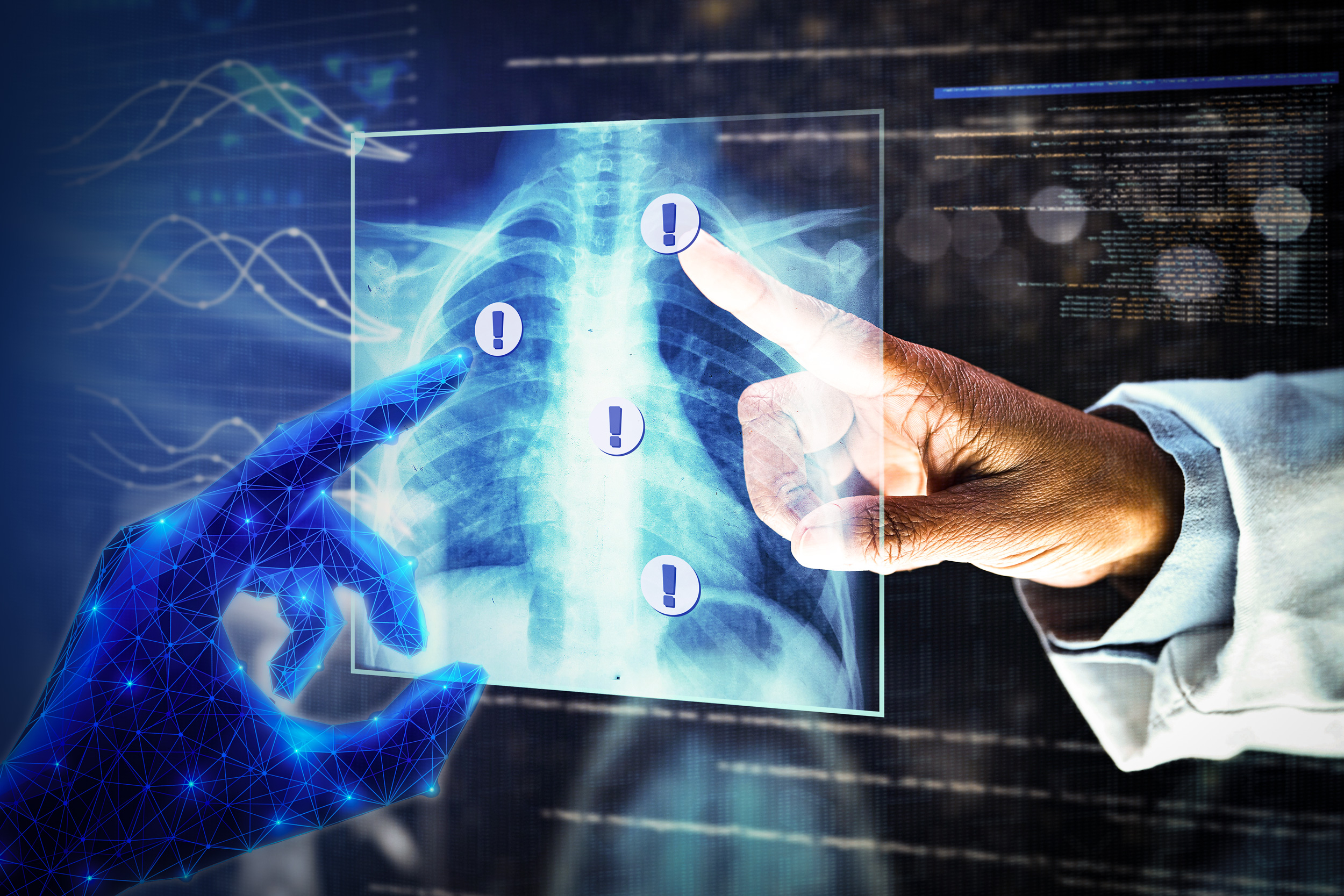New AI method captures uncertainty in medical images
By providing plausible label maps for one medical image, the Tyche machine-learning model could help clinicians and researchers capture crucial information.
Improving drug development with a vast map of the immune system
Immunai’s founders were researchers at MIT when they launched their company to help predict how patients will respond to new treatments.
MIT-Mexico Program fosters cross-border collaboration
For two decades, MIT-Mexico has funded student internships and teaching, as well as faculty research collaborations.
With inspiration from “Tetris,” MIT researchers develop a better radiation detector
The device, based on simple tetromino shapes, could determine the direction and distance of a radiation source, with fewer detector pixels.
QS World University Rankings rates MIT No. 1 in 11 subjects for 2024
The Institute also ranks second in five subject areas.
Tackling cancer at the nanoscale
In MIT’s 2024 Killian Lecture, chemical engineer Paula Hammond described her groundbreaking work on nanoparticles designed to attack tumor cells.
A faster, better way to prevent an AI chatbot from giving toxic responses
Researchers create a curious machine-learning model that finds a wider variety of prompts for training a chatbot to avoid hateful or harmful output.
Extracting hydrogen from rocks
Iwnetim Abate aims to stimulate natural hydrogen production underground, potentially unearthing a new path to a cheap, carbon-free energy source.
When an antibiotic fails: MIT scientists are using AI to target “sleeper” bacteria
Most antibiotics target metabolically active bacteria, but with artificial intelligence, researchers can efficiently screen compounds that are lethal to dormant microbes.
MIT engineers design flexible “skeletons” for soft, muscle-powered robots
New modular, spring-like devices maximize the work of live muscle fibers so they can be harnessed to power biohybrid bots.









